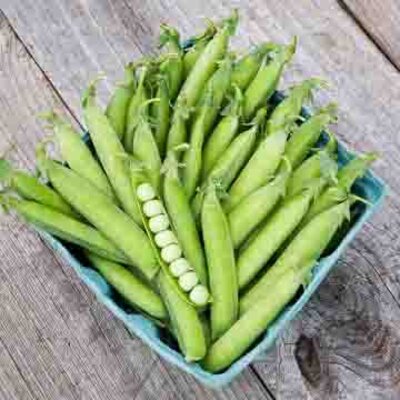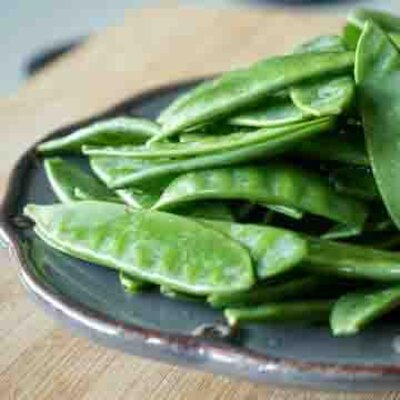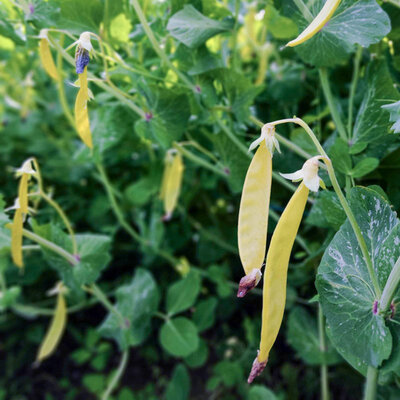
Maris Widgeon - Wheat
This English variety, long used to make thatch, has many barbless ears and medium-hard, golden-orange kernels. Highly appreciated for bread-making, its flour can be used for any purpose.
These products may also be of interest to you
in the ground
Sow in fall, broadcast or in rows 15 cm apart, every 2 to 3 cm, covering the seeds by about 2 cm. The sowing density generally used is 15 to 20 g/m2.
It is also possible to let the wheat grow taller, with a 30 cm space between each plant. IMPORTANT: to prevent any risk of wheat decay, we recommend treating the seeds a few days before sowing in a 5% acetic solution (white vinegar diluted 50% in water). Half a teaspoon per sachet is sufficient (1.5 liters per 100 kg). Underdosing would be ineffective, and overdosing could limit germination.
February, March, April, August, September, October
May, June, July
in the ground
sunny
medium
clayey, limestone, sandy
poor, reheated
Triticum aestivum
15 grams
Orange
From 90 to 150 cm
England
1964
This variety, developed by the Plant Breeding Institute of Cambridge in 1964, was traditionally used for thatching in the UK. It is still popular for its use in flour production.
Plant breeding Institute of Cambrige










